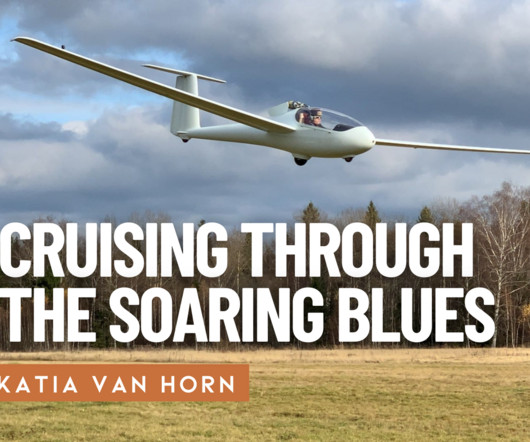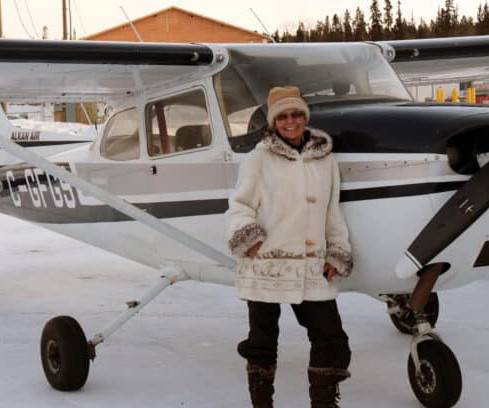Quick Crosswind Calculation for Pilots
Pilot Institute
APRIL 5, 2025
Basically, any wind that blows across the runway or flight path instead of head-on or tailing the aircraft. You wont have time to be messing around with a flight computer or crosswind chart. As the name would suggest, a crosswind is any wind element that imparts sideways deviation on the aircraft.













Let's personalize your content